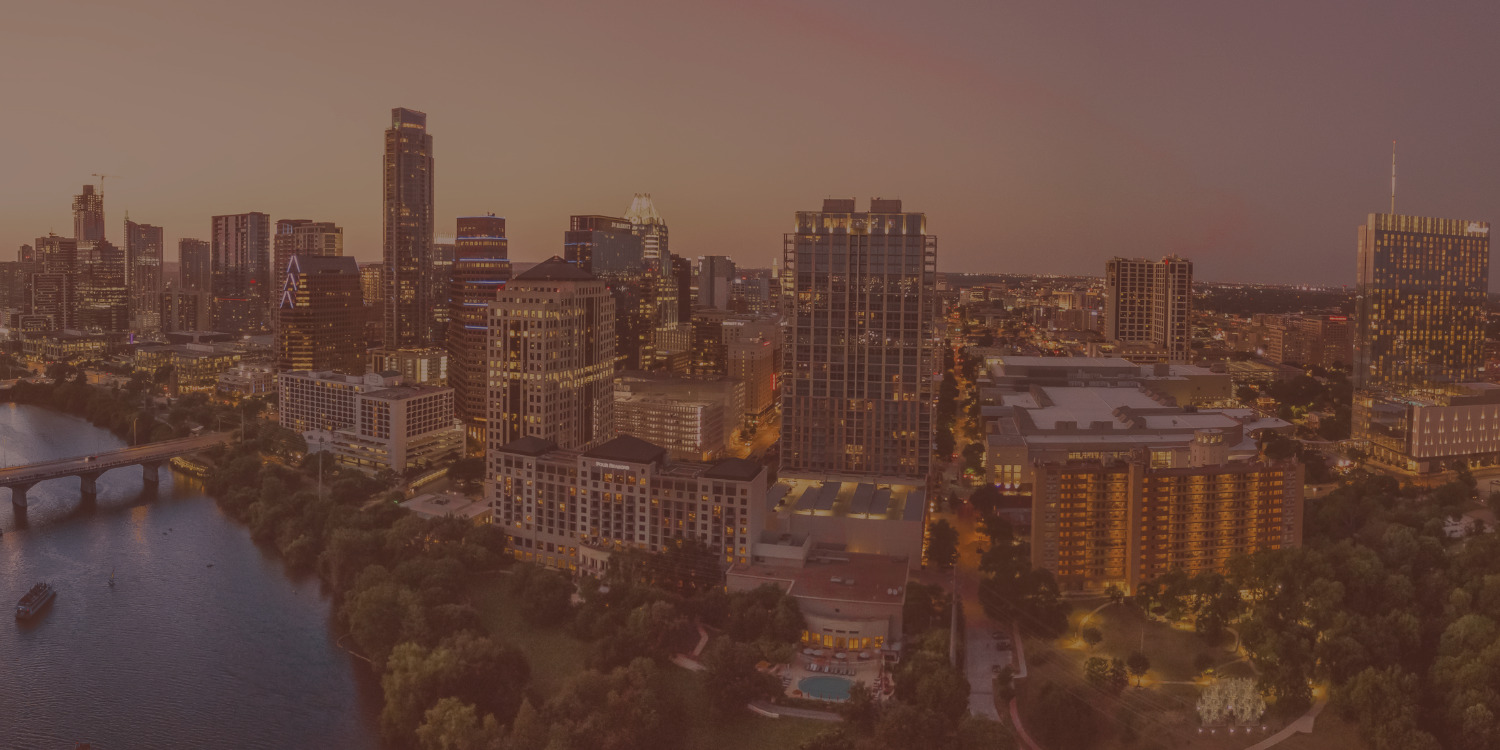Imagine cruising down South Congress, Burnet, or any major corridor in Austin, surrounded by towering 8 to 9-story buildings on either side. This intriguing vision might soon become a reality for the City of Austin, ushering in a new era of urban development. In a recent interview conducted at the RealtyHack Summit on January 18th, Chris Affinito and Austin Stowell shed light on the recent zoning changes and proposed developments that could reshape the cityscape in the coming years.
The Evolution of Austin’s Zoning
To comprehend the magnitude of the impending changes, it’s crucial to delve into the history of Austin’s zoning. The existing zoning platform, in place since the mid-1980s, has dictated development for over four decades. However, a paradigm shift is underway, with the city exploring the first significant modifications to the infill zoning code in 40 years.
A Conversation with Chris Affenito
Chris Affinito, an expert in real estate development, highlighted the city’s current momentum, with a council majority favoring new housing and pro-change policies. The legacy of Austin’s development management, rooted in the mindset of “if you don’t build it, they won’t come,” has led to affordability challenges. The proposed changes signal a departure from this legacy, aiming to address housing demand and affordability concerns.
The Home Initiative: A Game-Changer
The Home Initiative takes center stage in these transformations. By allowing three units per lot under single-family zoning, a significant departure from the previous restrictions, the initiative aims to unlock development potential. Chris Affinito emphasized the importance of incremental changes, with the first phase focusing on the number of units permitted by right.
Compatibility Setbacks: Navigating Development Challenges
Navigating through the intricate landscape of compatibility setbacks, Affinito elucidated their impact on development along major corridors like South Congress. Compatibility setbacks, an artifact of the 1984 code, limit building height based on proximity to single-family houses. The proposed changes seek to align Austin’s compatibility setbacks with those of peer cities, reducing restrictions and fostering vertical growth.

Subscribe to Get the Next RealtyHacks!
Get notified about updates and be the first to get early access to new episodes!
Single-Family Zoning: From McMansions to Affordability
In the realm of single-family zoning, the initiative promotes flexibility. Developers are incentivized to build multiple units, offering exemptions from design restrictions like the infamous McMansion rule. The reduction in compatibility setbacks and impervious cover limits aims to encourage the construction of detached single-family homes, meeting market demand for larger, family-friendly housing options.
Commercial Developments: Unlocking Vertical Growth
On the commercial front, the discussion delved into the Vertical Mixed-Use (VMU) ordinance. The VMU2, a development bonus allowing increased height in exchange for affordable housing units, has the potential to reshape Austin’s skyline. Corridors may witness the construction of 90-foot buildings, opening avenues for eight-story condos and transforming the city’s commercial landscape.
Anticipating the Impact
As the proposed changes unfold, Austin residents and stakeholders stand at the cusp of a transformative period. The interplay of residential and commercial zoning adjustments promises a dynamic urban future. Increased housing options, affordability considerations, and a skyline punctuated by vertical growth are on the horizon.
Conclusion
Austin’s journey toward redefining its cityscape reflects a collaborative effort to address housing needs, encourage responsible development, and navigate the complexities of zoning. The proposed changes, if implemented successfully, could position Austin as a vibrant, adaptable city ready to embrace a new era of growth and innovation. The coming months will undoubtedly witness the city’s evolution, as residents and developers alike anticipate the unfolding of this ambitious vision.
To listen to more of our podcast episodes, visit The #RealtyHack Podcast Page. The #RealtyHack Podcast is also available to listen to on Spotify, Google Podcasts, Apple Music, and your other favorite podcast directories.

Sign up for my newsletter and get updated for the next #RealtyHack!
